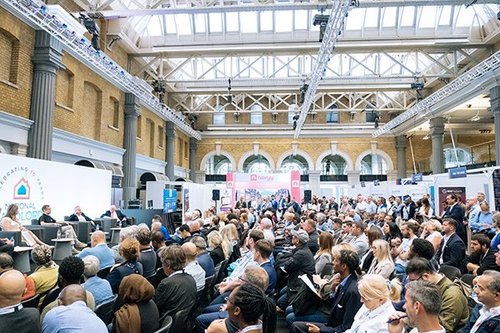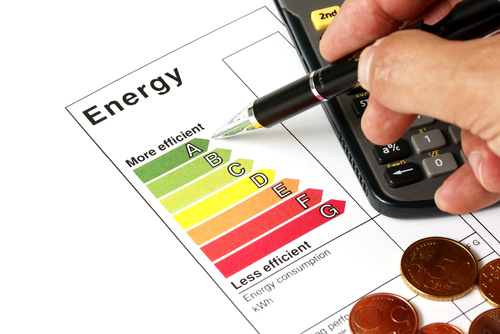New sets of figures reveal the gaping disparity between actual mortgages lent and the 'seasonally adjusted' mortgages which banks claim to have lent.
The British Bankers Association said banks approved 38,092 mortgages for house purchase in January, and trumpeted the seeming achievement of its headline figures.
But the ‘seasonally-adjusted’ figures are in staggering contrast to the 'non-seasonally adjusted' figures hidden away on a spreadsheet, showing that in reality, just 23,392 mortgages were actually lent last month for house purchase.
The ‘seasonally-adjusted’ figure was 34% up on the previous January, which the BBA said was the result of first-time buyers trying to complete transactions before the Stamp Duty holiday ends in March.
However, the ‘official’ adjusted figures were immediately challenged.
Nick Hopkinson, director of property firm PPR Estates, said that the ‘real’ figures were a much truer reflection of lending than the ‘seasonally-adjusted’ data.
He said: “The high street banks approved a mere 23,392 house purchase loans in January. This is down over 50% on the normal market levels we were seeing pre-credit crunch, even though the main banks have been taking market share off building societies and other lenders in the last couple of years.
“Large 25%-plus deposits and perfect credit scores remain essential if you want to borrow money at the moment, which rules many prospective buyers out.
“When you consider that two of the biggest high street lenders, Lloyds and RBS, are currently taxpayer-owned and in theory have almost infinite reserves to lend from, this is a damning indictment on banker activity to support the economy – just when struggling home owners need money most.
“Lending to small businesses is also shrinking as the same group of bankers fail in their duties in supporting this crucial part of the wider economy as well.
“With Stamp Duty on first-time buyer homes set to return to 1% for all purchases above £125,000 very soon, it seems things are not going to get any easier for the housing market.
“Growing unemployment, shrinking household incomes due to spiralling personal inflation, further ‘hot’ money from QE driving inflation, and the wider economic uncertainty around the Eurozone will continue to put downward pressure on house prices for the foreseeable future.
“It seems very unlikely the Chancellor will be able to ‘save the day’ with his Budget next month.”
According to the BBA’s ‘seasonally-adjusted’ figures, mortgage lending for house purchase was up from 36,553 in December and 34,961 in November, although overall mortgage approvals – including remortgages – was virtually unchanged at 74,250.
*According to the Council of Mortgage Lenders, gross mortgage lending declined to an estimated £10.5bn in January. Lending fell by 14% from £12.2bn in December but was 10% higher than the total of £9.5bn in January 2011.
The CML said that although a seasonal decline was expected, January was the sixth month in a row of higher year-on-year lending.
CML chief economist Bob Pannell said: “Housing and mortgage market sentiment has improved a little over recent weeks.
“The increase in lending compared to January last year helps support our view that housing and mortgage market activity may be boosted by first-time buyers seeking to complete deals before the Stamp Duty concession ends in March.
“Should inflationary pressures continue to fall back, the squeeze on household finances should ease progressively and help support stronger economic recovery going into the second half of the year.
“This can only be good news for the housing market further down the track."
















Comments